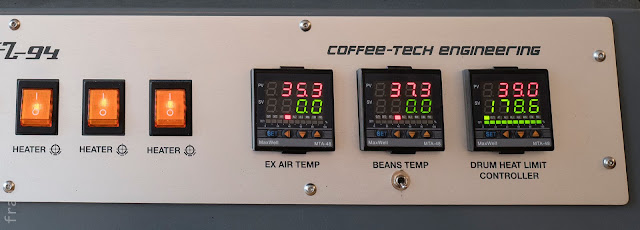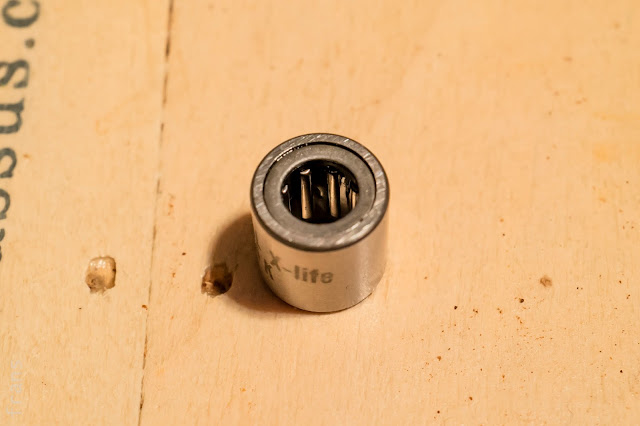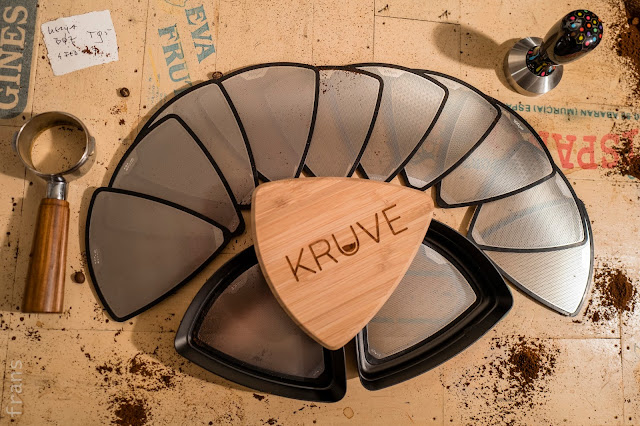This morning I chanced upon footage and pictures of a vintage roaster, currently owned by LI-MING machinery (Lin T / Joe Lin) in Taiwan who are restoring the machine for use as a sample roaster. It's magnificent, looking like a machine out of an eighties sci-fi movie: One of these machines was built in 1983 and sold by SHP Food Machinery in 2011. These pictures are on their website : La Coronita by Gothot Hot air blown in from the top, a cone spreading the flow, pushing beans up along the curved walls, past the curved blades, back to the center. When Jan van der Weel and I visited PROBAT some time ago, we saw a huge version of their roaster based on the same principle. A former employee in our tour group explained to us that at the time, this 'flying saucer' shaped giant enabled the roasting industry to save lots of time and energy roasting as thousands of kg's of coffee beans would be ready in as little as three minutes....




